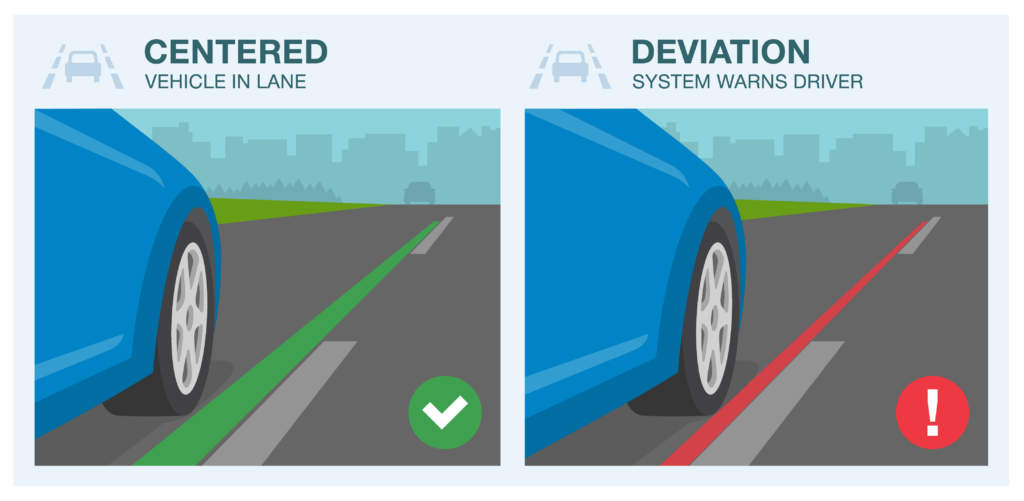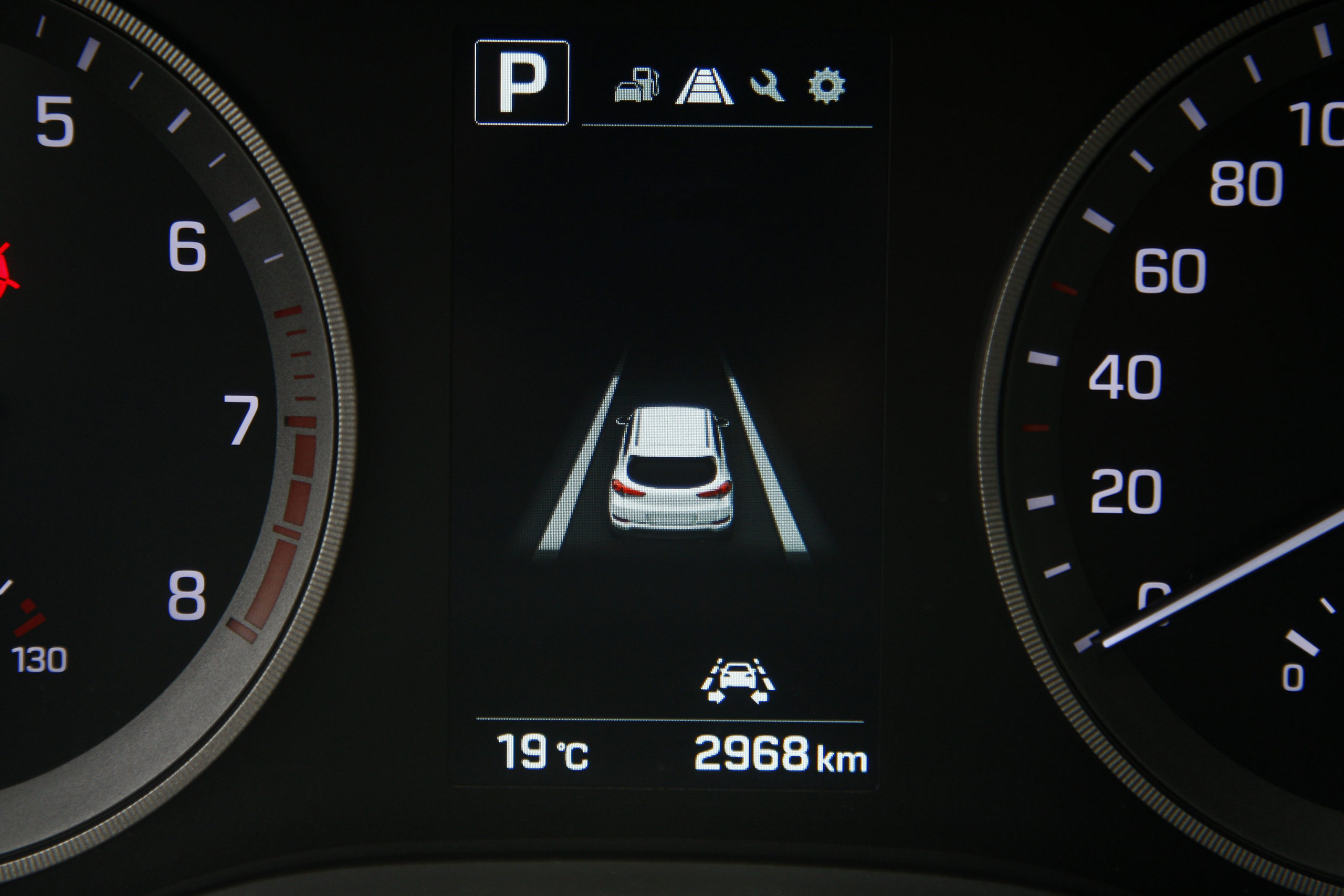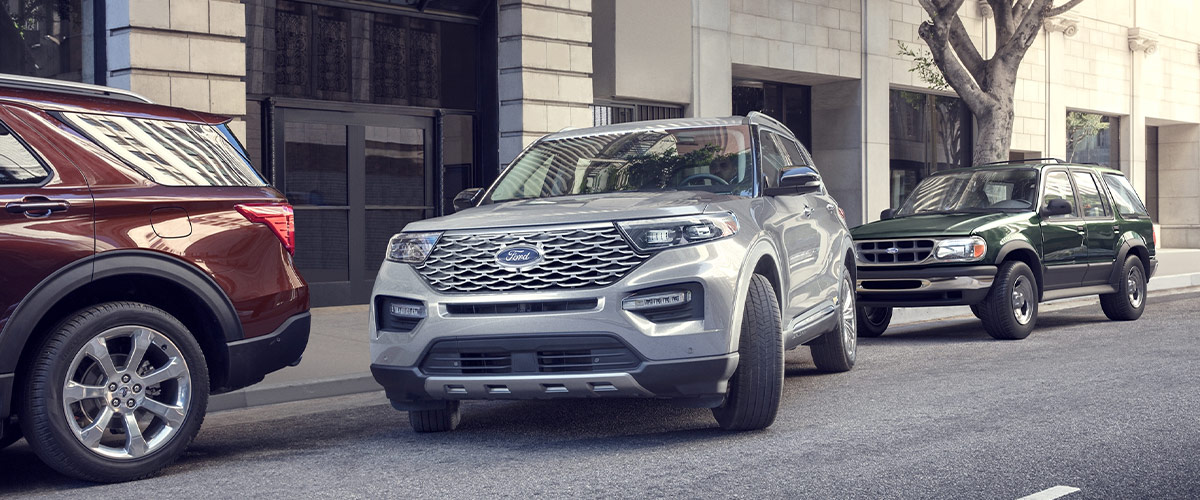Lane Keep Assist And Lane Monitoring Technology-Which ones are best for your teen driver?
If we are being honest with ourselves as parents, texting or other phone distractions tops the list of driving hazards that scare the pants off us when it comes to our teen drivers. And it’s not just the teens doing it, it seems like every other driver is on their phone when they should be paying attention to the road.

The manufacturers know this and part of their march to self-driving cars involves the car’s ability to stay in its own lane. As a result, we now have many versions of Lane Keep Assist technology available to us and to our teen drivers. If you are shopping cars right now you might have encountered (and been confused by) the different versions of Lane Keep Assist out there. Well, here is broken out for you in the hope of making it simple for everybody.
Moms and Dads, today we are talking about Lane Departure Warning (LDW), Lane Keep Assist (LKA), Lane Centering Assist (LCA) or Lane Tracing Assist (LTA) in Toyota models.
What are the differences in these lane management technologies?
Lane Departure Warning (LDW)
Rookie Rides score card:
Life Saving 5/5
Fender Bender Saving 3/5
Peace of Mind 5/5
The first difference in the group is that Lane Departure Warning is a warning system only and is the most basic type of lane monitoring technology. As its name suggests, LDA only alerts the driver if the vehicle starts to drift from a proper lane position without the use of a turn signal, and that is all. Unlike the other technologies, it will not nudge or take control of the steering wheel in any way.
As manufacturers moved towards incorporating ADAS systems into their cars, LDW was one of the first technologies incorporated and it is likely to be found in the most cars with some form of ADAS. Lane Departure Warning systems debuted in the us in 2004 in the Infiniti FX and the M vehicles.

LDW uses a front-facing camera to monitor the trajectory of the vehicle’s drive path while also identifying road divider lines. The alarm is typically an audible warning and is often accompanied by a visual cue such as an indicator light or icon near the gauges. Steering wheel vibrations prompts are on many systems as well.
LDW is a passive alert. The driver is notified but must independently intervene to maintain lane position. This requires your teen driver to use some steering and braking skills. If your teen has attention issues but a decent reaction time, this basic technology might be a preference. At Rookie Rides we believe that LDW system is a basic teen driver required technology (but even more advanced systems such as Lane Keep Assist are preferred). Therefore the Lane Departure Warning System gets a 5 out of five in two of the three categories- Life Saving, Fender-bender saving, and Peace Of Mind. Because the system is merely an alert system it gets a three out of five.
Lane-keeping assistance (LKA)
Rookie Rides Scorecard:
Life Saving 5/5
Fender Bender Saving 5/5
Peace of Mind 5/5
Lane Keeping assist is different than Lane departure warning in that the system can turn the steering wheel (or apply brakes on one side only) without human interaction to keep the vehicle in its lane. LKAis the next evolution in the LDW technology and is an active instead of passive system. LKA will operate the vehicle semi-autonomously to prevent it from drifting into another lane.
Using automatic steering and/or braking on the opposite side of the vehicle, LKA gently corrects the vehicle back to the center of the lane. For any young driver this sensation of the car centering itself in the lane may be a bit startling at first, but it could potentially be a lifesaving technology. In fact, the IIHS agrees that Lane Keep Assist is one of the four technologies identified as potentially being able to reduce the teen driver fatality rate by 78 percent. At Rookie Rides, we agree, and lane departure warning and lane keep assist technologies are components of our Teen Driver Safe Bet Score.
Even though your teen still has overall control of the vehicle, they will feel the steering wheel adjust independently, based on information supplied from the front-mounted camera. They may also sense the steering wheel pull the vehicle back toward the center of the lane. Audible and visual alerts aid in alerting the driver the autonomous correction is in operation.
Lane Centering Assist (LCA)
Lane-centering assistance(LCA) is the most sophisticated of current lane monitoring technology. Centering assistance will actively maintain your young driver’s position in the center of the lane in which they are traveling. Using an automated steering function, the system makes constant adjustments based on the front-mounted camera’s interpretation of road markings. Young drivers’ vehicles keep their electronic eyes on the road, even when the driver does not.

Typically Lance centering assist is not a stand alone feature and it usually comes bundled with Lane Keep Assist, so you will most likely never encounter a vehicle with just LCA included. And for that reason, we do not have a RookieRides Score card for this one feature.
As far as whether or not it is useful for a teen driver, it works in integration with Lane Keep Assist which we highly recommend for most if not all teen drivers.
The Lane Keeping Combo
Many of the adaptive technologies today are grouped together. LCA systems work in tandem with adaptive cruise control and LKA, rendering the vehicles semi-autonomous.
According to the Society of Automotive Engineers (SAE), the combined technologies are classified as a Level 2 automated driving system. LCA is considered level 2 because the driver must still pay attention and remain ready to take full control at any time. While highly automated, LCA is not considered a ‘driverless’ technology.
Keeping the vehicle on the road seems like a no-brainer but teen-drivers are easily distracted by technology and their own developmental immaturity. Remember that the impulse control center in their brain (aka pre-frontal cortex) doesn’t fully mature until a person is well into their 20’s
To recap, ADAS can help your inexperienced teen driver stay on the road and safe. You need to evaluate what level of assistance is needed and would work well with your driver’s abilities and temperament. Consider allowing them to develop these driving control skills, as well, before relying completely on technology to operate the vehicle for them.

 Back to Teach Me
Back to Teach Me






